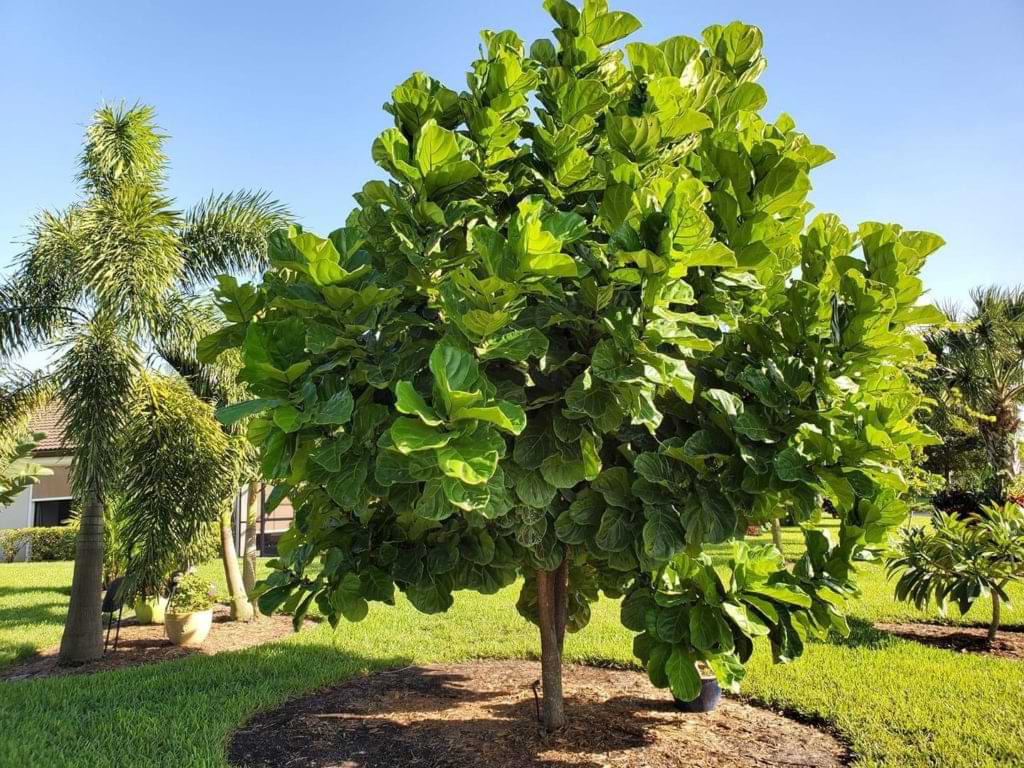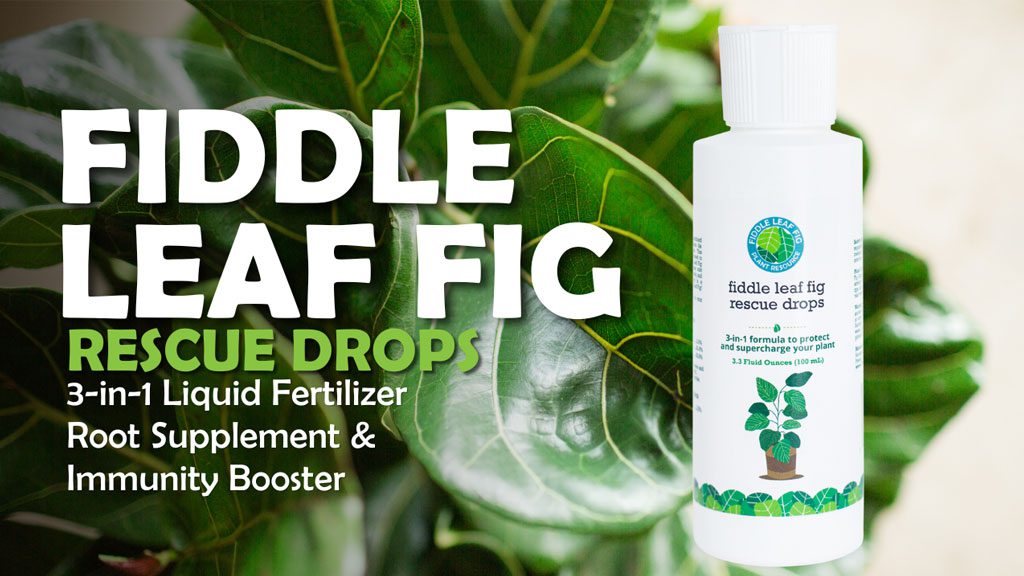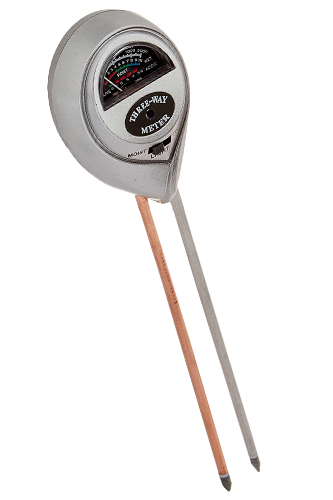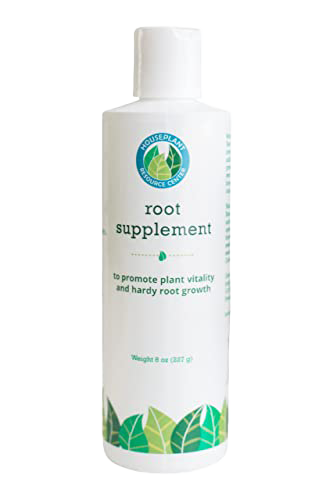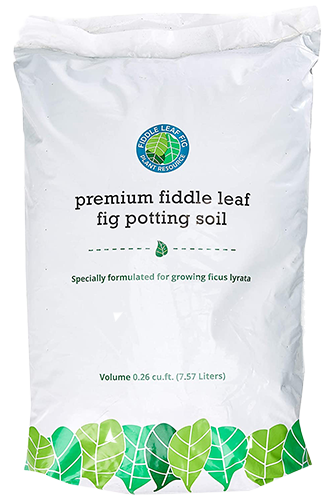Most fiddle leaf fig owners keep their fiddles as houseplants in pots. You’ll find tons of information on the web (and this site) about caring for indoor fiddles, but what about tips for growing a fiddle leaf fig outdoors?
In this article, we’ll tell you everything you need to know about growing a fiddle leaf fig outdoors as a potted plant or in the ground.
Can a Fiddle Leaf Fig Live Outside?
Fiddles absolutely can thrive outdoors…as long as you live in a tropical or semi-tropical climate that’s close to the conditions of the fiddle leaf fig’s natural environment.
Whether indoors or outdoors, a fiddle leaf fig needs plenty of light, the right amount of water, the appropriate temperatures and humidity levels, and the ideal balance of nutrients. As with any houseplant care, the trick is to replicate the outdoor plant’s native environment as closely as possible.
Fiddle Leaf Fig Native Environment
The more closely your climate matches the fiddle’s native environment of tropical West Africa, the more likely your fiddle will be to thrive outdoors.
A fiddle’s natural habitat is warm and humid. Typical temperatures range from 65-85 degrees Fahrenheit, and humidity levels may get as high as 60%. Wild fiddles grow in rainforests where they get lots of indirect sunlight below the thick forest canopy, but fiddles can also thrive in full sun as long as the temperatures and humidity are ideal.
The challenge here is that it’s trickier to recreate the ideal environment outdoors, because there may be factors you can’t control. The best way to start is by knowing whether your climate is appropriate for an outdoor fiddle at all.

Fiddle Leaf Fig Hardiness Zones
In the United States, fiddles will grow best in USDA Hardiness Zones 9-11, which covers much of Florida and California as well as parts of southern Texas, Arizona, and Louisiana.
This is where the temperatures and humidity levels are most ideal for fiddles, but you still may need to take some extra steps to protect your tree from the occasional cold snap or dry summer.
Here’s what you need to know.
Outdoor Temperature Tolerance
Outdoors, fiddles tolerate temperatures from about 55 degrees Fahrenheit up to around 90 degrees Fahrenheit. This is pushing it, however, and these extremes may cause problems if other environmental factors aren’t ideal.
For example, if your tree is in direct sunlight in 90-degree heat and humidity levels are on the low side, you’re probably going to wind up with some scorched leaves (but your tree might do fine in a shaded area in those temperatures).
Here’s what you can do to protect your outdoor fiddle from those weather extremes.
Winter Protection
If you live in zones 9-11, your fiddle will probably do just fine outside during the winter without much additional protection. The only thing you’ll need to watch out for is unusually cold temperatures.
Keep an eye on the weather forecast. If temperatures below 50 degrees Fahrenheit are predicted during the night, there are a few things you can do.
If your fiddle is outdoors in a pot, you can simply bring the plant inside to protect it from freezing. If your fiddle is planted in the ground, you can try covering it with plastic if it’s small enough.
Larger trees tend to be hardier than smaller saplings, and it’s likely that they’ve weathered cold snaps before. After all, they’ve gotten this far! There isn’t much to do for a bigger tree and unseasonably cold weather except stick with the aspects of care you can control, such as providing water and nutrients when necessary. This will help give the tree the resources it needs to endure temporarily rough environmental conditions.
Moving Indoor Plant Outdoors in Summer
Some fiddle leaf fig owners like to move their potted indoor fiddles outside in the summer. This can have a lot of benefits like giving your plant a boost of light, which can jump-start its growth and improve its immune system.
If you live in zones 9-11, you should be able to do this without a problem. If you live in an area with a fair amount of humidity and where temperatures stay between 55 and 85 degrees in the summer, this should be fine, especially if you put your fiddle in a covered area such as a balcony or on a patio under an awning.
However, make sure to bring your fiddle back indoors if a storm or extremely high or low temperatures are predicted.
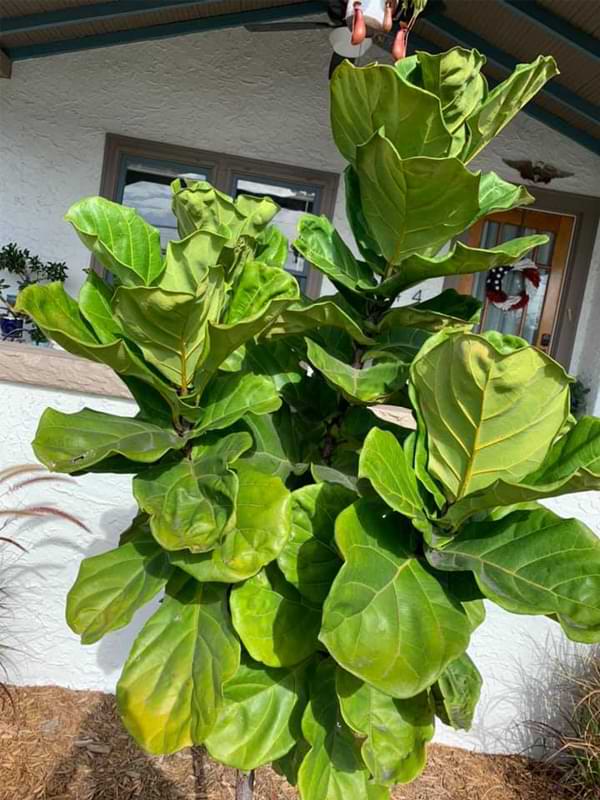
Outdoor Planting Position
Where you put your outdoor fiddle can make a big difference!
Plant In-Ground or Containers
When planting a fiddle outdoors, your choices are to plant in a pot—much like you would indoors—or to plant your tree directly into the ground.
If you plant your fiddle in a pot, you can care for it like you would an indoor potted fiddle with regular water and fertilizing.
If you plant your tree in the ground, you may need to sometimes water and fertilize, depending on how much rain you get. Drainage will be much better in the ground than in a pot and your tree’s roots can reach deep into the soil for water as the tree grows, so overwatering and underwatering are much less of an issue.
If you get a lot of rain, you might rarely water. If you don’t get rain for a week or more, keep an eye on the moisture level of the soil and supplement with a hose or sprinkler if the soil seems very dry.
Either way, consider the lighting conditions of the spot where you intend to put your fiddle. A partially shaded spot will be a good option, especially if your plant is potted and comes inside sometimes. Full sun can also work as long as you take the time to condition your fiddle first. This goes for potted fiddles and trees planted in the ground.
If you plan to put your fiddle in full sun, make sure it’s acclimated to direct sunlight to prevent sunburn. You can start this process inside and then gradually increase its outdoor light by starting it in a shaded area and slowly increasing its time in full sun each day.
When the tree can tolerate full sun for most of the day, or the lighting conditions of its intended spot, you can leave it there or plant it in the ground.
Soil Type
It’s also important to consider the condition of the soil where you plan to plant your fiddle.
If you’re putting your outdoor fiddle in a pot, no problem. Just choose a fast-draining soil like our Premium Fiddle Leaf Fig Soil and you’re good to go.
If you’re planting in the ground, knowing the type of soil in your area can help. And if your soil is less than ideal, there are steps you can take to make it more appropriate for your fiddle.
You may be able to do a simple Google search or talk to a few of your neighbors with lovely gardens to find out more about your soil. You can also simply dig some up and take a look.
If you go with the dig-it-up method, use a shovel to dig down a foot or so and grab a handful of dirt. Squish the dirt between your fingers. If it feels squishy and heavy, holds some of its shape, and feels smooth, you probably have a lot of clay in your soil.
If the soil feels gritty, crumbly, and possibly rocky, you probably have sandy soil.
What you want is rich, loamy soil with lots of nutrients and a healthy balance of clay, sand, and organic material.
You can also test the soil by putting a handful in a clear glass jar of water, shaking the jar, and letting the soil settle over the next few days. Sand and silt will settle to the bottom, clay will stay suspended in the jar, and organic matter will float just below the surface.
Ideally, your jar will look murky and full of floating organic matter. If not, you may need to add some ingredients like compost, peat moss, or manure to the top layer of soil to improve it for your fiddle.
If you find that your soil is very rocky, you may need to dig those rocks out of the area where you want to plant your fiddle so the roots will have somewhere to grow.
Soil pH
Fiddle leaf figs do best in soil with a fairly neutral pH ranging from 6-7. You can purchase a test kit to determine the pH level of a soil sample, or simply use baking soda and vinegar to test it. (Takes you right back to primary school science class, doesn’t it?)
Pour some vinegar over a little soil. Does it fizz at all? You might have slightly alkaline soil.
Mix some soil with water and baking soda. If it fizzes, you probably have acidic soil.
If you find that your soil is too alkaline, you can add sulfur, compost, or manure to raise the pH levels. If you find that your soil is a bit too acidic, you can add lime.
Fiddle Leaf Fig Height Outdoors
One of the best parts of growing a fiddle outdoors in the ground is that your fiddle will grow much, much taller than it would indoors.
Inside, fiddles usually grow to about 10 feet tall. But an outdoor fiddle can grow up to 60 feet tall, with a much wider trunk and fuller canopy than you could ever hope to grow indoors.
Pruning and Lopping
You may find that you need to remove some material from your outdoor tree to keep it healthy and shaped.
If you notice dead or diseased material on your fiddle (leaves with brown spots, mold, etc.), be sure to prune these off and throw them away in the garbage, not your compost pile. You don’t want to spread those pathogens!
If your tree starts getting a wonky shape, leaning, growing into areas where it becomes a hazard, or otherwise getting a little unruly, you can “lop” off branches to bring it back into balance. For smaller trees, you can do this with a sturdy pair of pruning shears. Larger trees might require a saw.
Either way, if you plan to remove branches from your tree, we suggest planning your cuts before you make them. You can mark the branches with colored string or tape so you can visualize the tree’s shape before you cut. That way, you won’t accidentally cut too much and end up with a misshapen tree!
Pests and Disease Outdoors
An outdoor fiddle leaf fig can fall prey to pests and diseases just like an indoor fiddle. Of course, using a commercial insecticide can help, but we’ll share some all-natural preventative solutions too!
Here are some of the most common pests and diseases you’ll want to watch out for:
Spider mites: These tiny pests suck sap juices from your fiddle’s leaves. Watch out for tiny brown dots on the leaves. Planting chrysanthemums in your yard can help keep them at bay.
Aphids: Another insect that feasts on fiddle leaves. Watch out for small holes, honeydew, yellowing, and wilting in the leaves. Releasing ladybugs in your yard can help keep populations down. They also hate nasturtiums and petunias!
Powdery mildew: This is a fungal disease caused by high humidity and poor airflow between the leaves. You can treat this the same way you would on an indoor tree. Learn more about that here.
Bacterial infection: This can be caused by pathogens spread in the air and even by insects. If you see medium-brown spots on the leaves, remove what you can to prevent the spread. If your tree is potted in the shade, try giving it a little more light.
Outdoor Fiddle Leaf Fig Wrap-Up
If you’re raising a fiddle leaf fig outside, many of the same rules that you’d consider for an indoor fiddle apply here too! You may even find that an outdoor fiddle requires very little maintenance, as long as you’re in the right climate. Enjoy watching your fiddle grow tall and beautiful outside!
If you have questions or need support for your outdoor fiddle leaf fig, come join our online community by clicking below!

